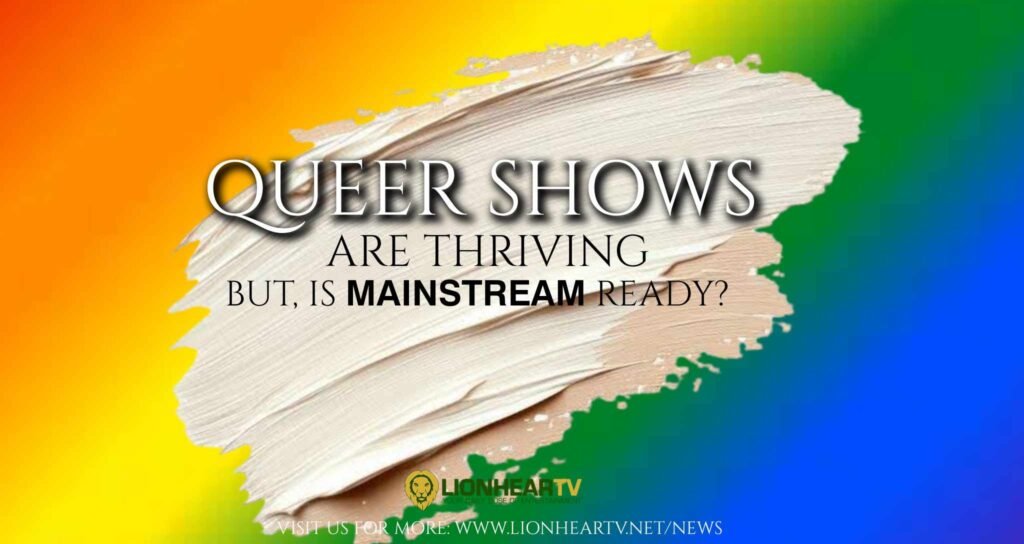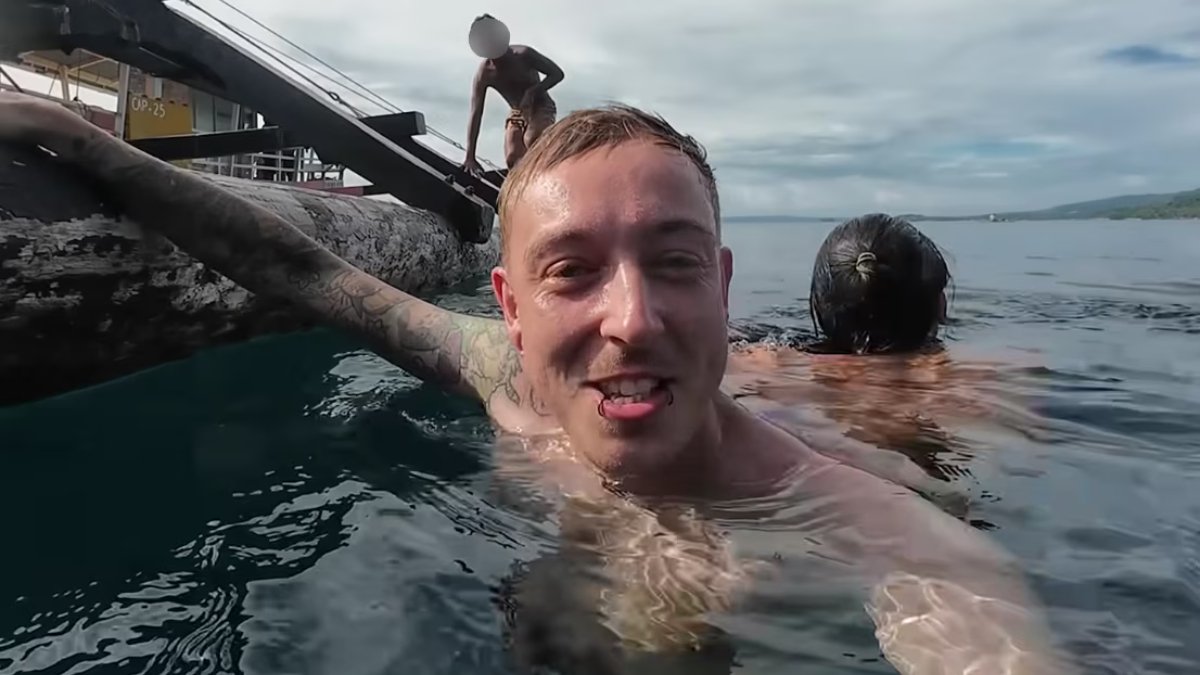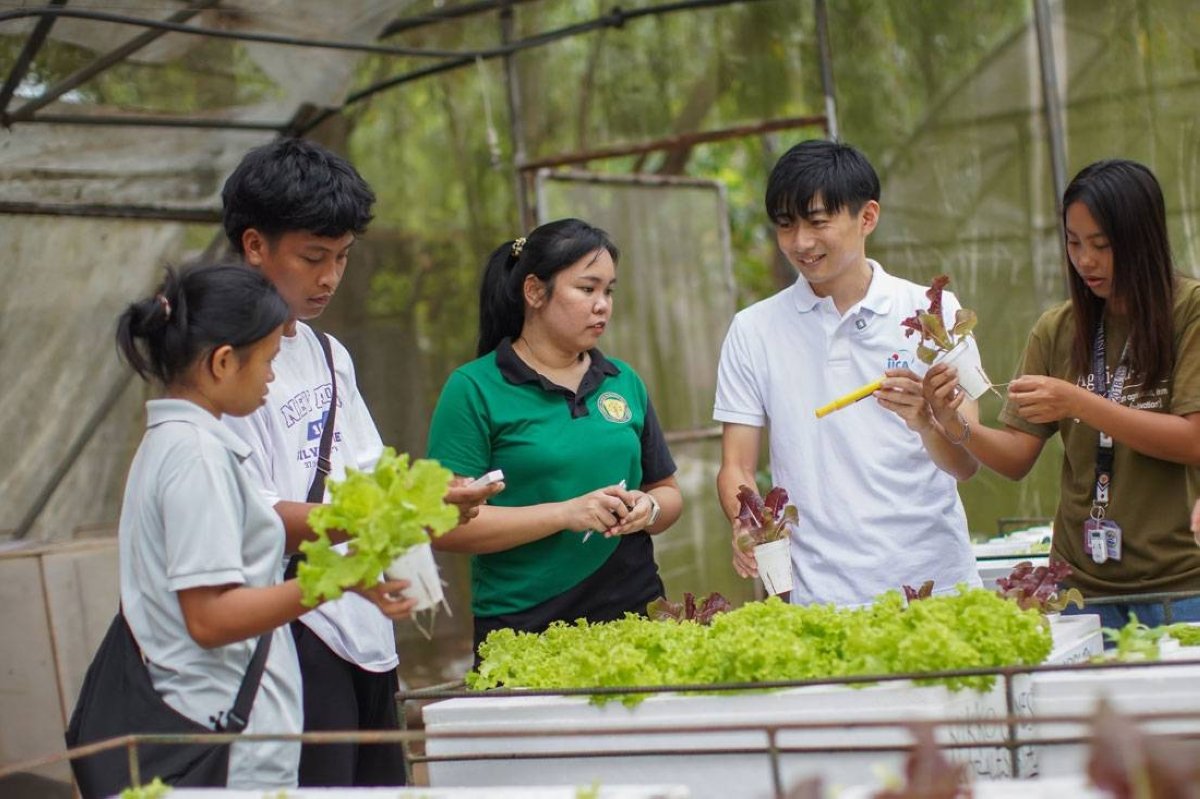In the last five years, queer storytelling in Philippine entertainment has gone from niche to necessary.

What began as a trickle of representation has become a flood of emotionally rich, culturally resonant narratives—led by bold creators, brave performers, and a public increasingly willing to listen.
The Pandemic Sparked a BL Renaissance
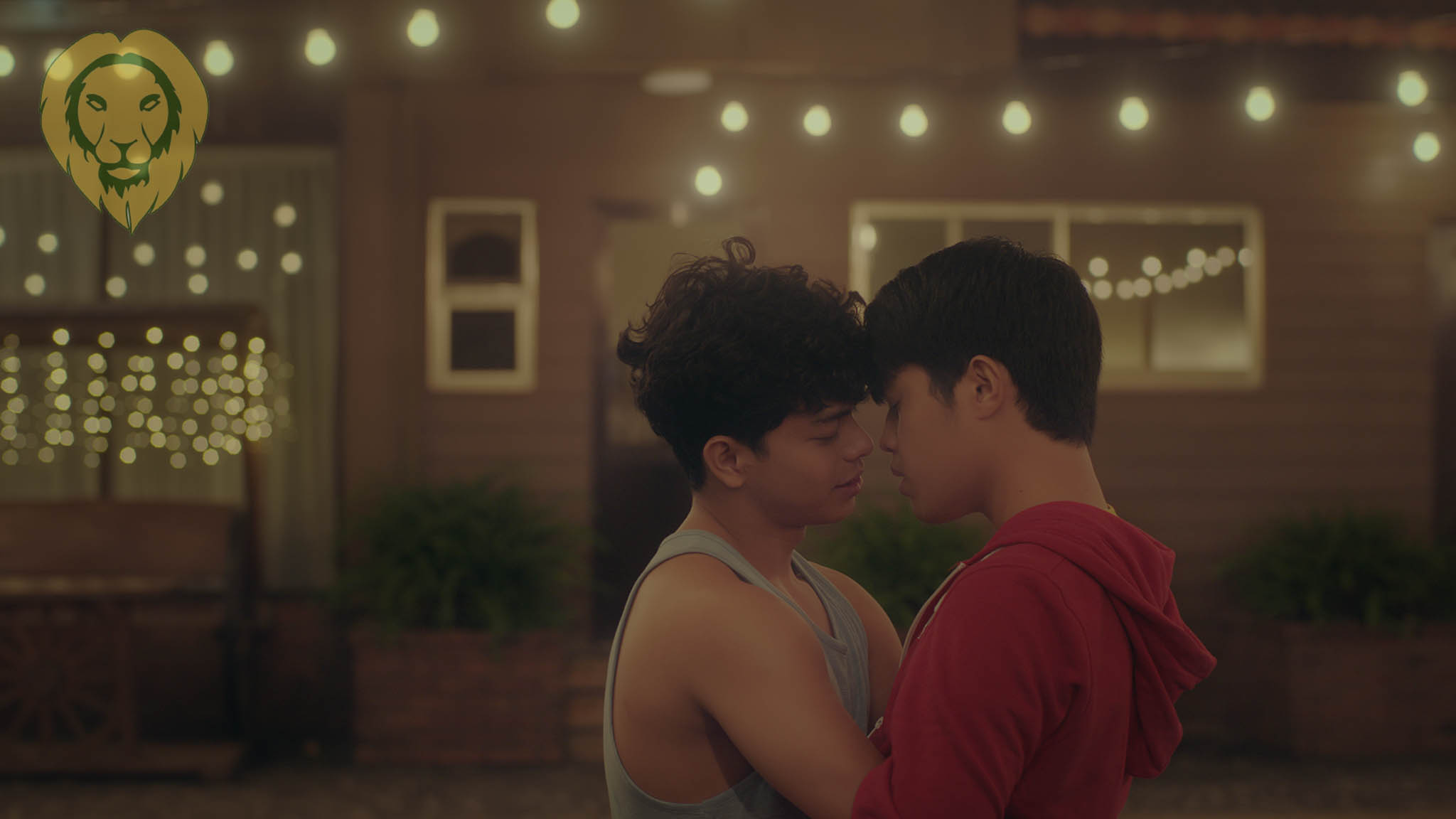
When the world shut down in 2020, something unexpected bloomed online: a wave of tender, Filipino boys’ love (BL) series. Gameboys, Hello Stranger, Gaya sa Pelikula, and Ben x Jim weren’t just pandemic distractions—they were emotional lifelines. These stories, often told through video calls and chat bubbles, mirrored the isolation and longing of lockdown life. But more than that, they offered something radical: queer love, told with softness and sincerity.
Gameboys, for instance, followed Cairo and Gavreel’s digital courtship with aching realism. It wasn’t just kilig—it was catharsis. And Gaya sa Pelikula, penned by Juan Miguel Severo, gave us a coming-out story wrapped in cinematic longing. These shows didn’t just entertain—they educated, normalized, and healed.
The BL boom proved that queer stories weren’t just viable—they were vital. And audiences responded. Millions of views. Fan art. Translations. International distribution. Suddenly, queer love wasn’t just visible—it was celebrated.
Vice Ganda: The Trojan Horse of Visibility
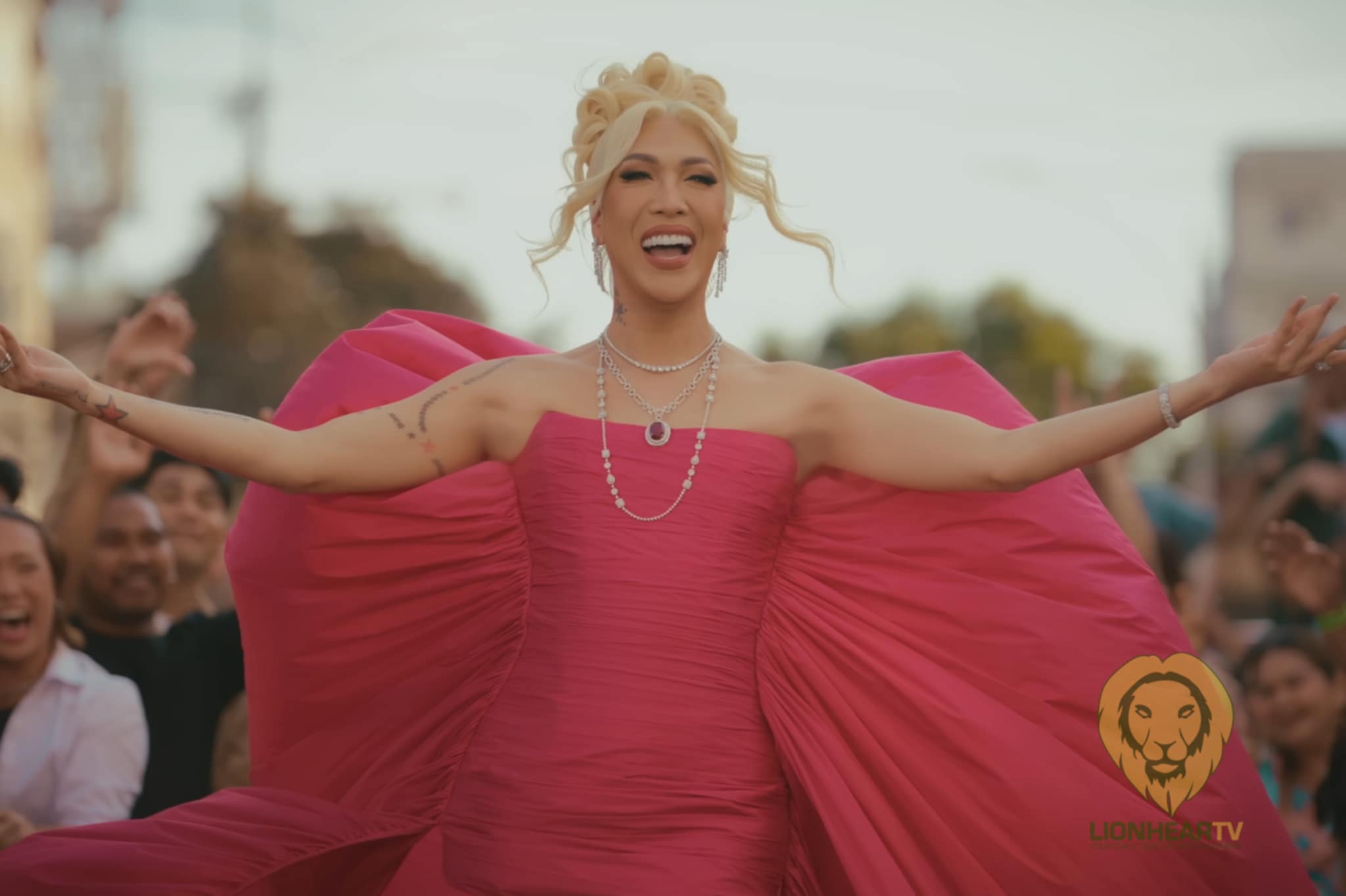
If BL shows cracked the door open, Vice Ganda kicked it wide. As the most visible queer figure in Philippine media, Vice has used her platform—It’s Showtime, MMFF blockbusters, Pride speeches—to champion LGBTQIA+ rights with humor, heart, and unflinching honesty.
Her recent declaration at the Quezon City Pride Festival—“Ang ating totoong sarili ay parang West Philippine Sea, hindi nila pwedeng angkinin at baguhin”—wasn’t just poetic. It was political. She called for the passage of the SOGIE Equality Bill, urged vigilance, and reminded 30,000 attendees that queer lives are valid, capable, and worthy of dignity.
Vice isn’t just a comedian. She’s a cultural force. Her presence on mainstream TV, her commitment ceremony with Ion Perez, and her refusal to dilute her queerness have made her a beacon. She’s proof that visibility, when wielded with purpose, can shift public perception.
Sparks Camp and the Rise of Queer Reality TV

While scripted BL dramas laid the groundwork, reality TV took it further. Sparks Camp, the Philippines’ first queer dating show, is now on its third season—and it’s more emotionally mature than ever. Directed by Theodore Boborol and hosted by Mela Habijan, the show trades gimmicks for genuine connection.
Set in a mountainside conservation area, Season 3 features ten campers navigating crushes, vulnerability, and bias. It’s not just about kilig—it’s about conversation. As Mela said, “We want people to listen to how queer people fall in love.”
The show’s success—millions of views, ContentAsia nominations, and a growing fanbase—proves that queer reality TV isn’t just possible. It’s powerful.
PBB and the Power of Coming Out
Mainstream TV took a bold step this year when Pinoy Big Brother: Celebrity Collab Edition became a stage for queer authenticity. Klarisse de Guzman, the soulful OPM singer, came out as bisexual on national television, revealing her four-year relationship with her girlfriend Trina. Her confession was raw, brave, and deeply moving.
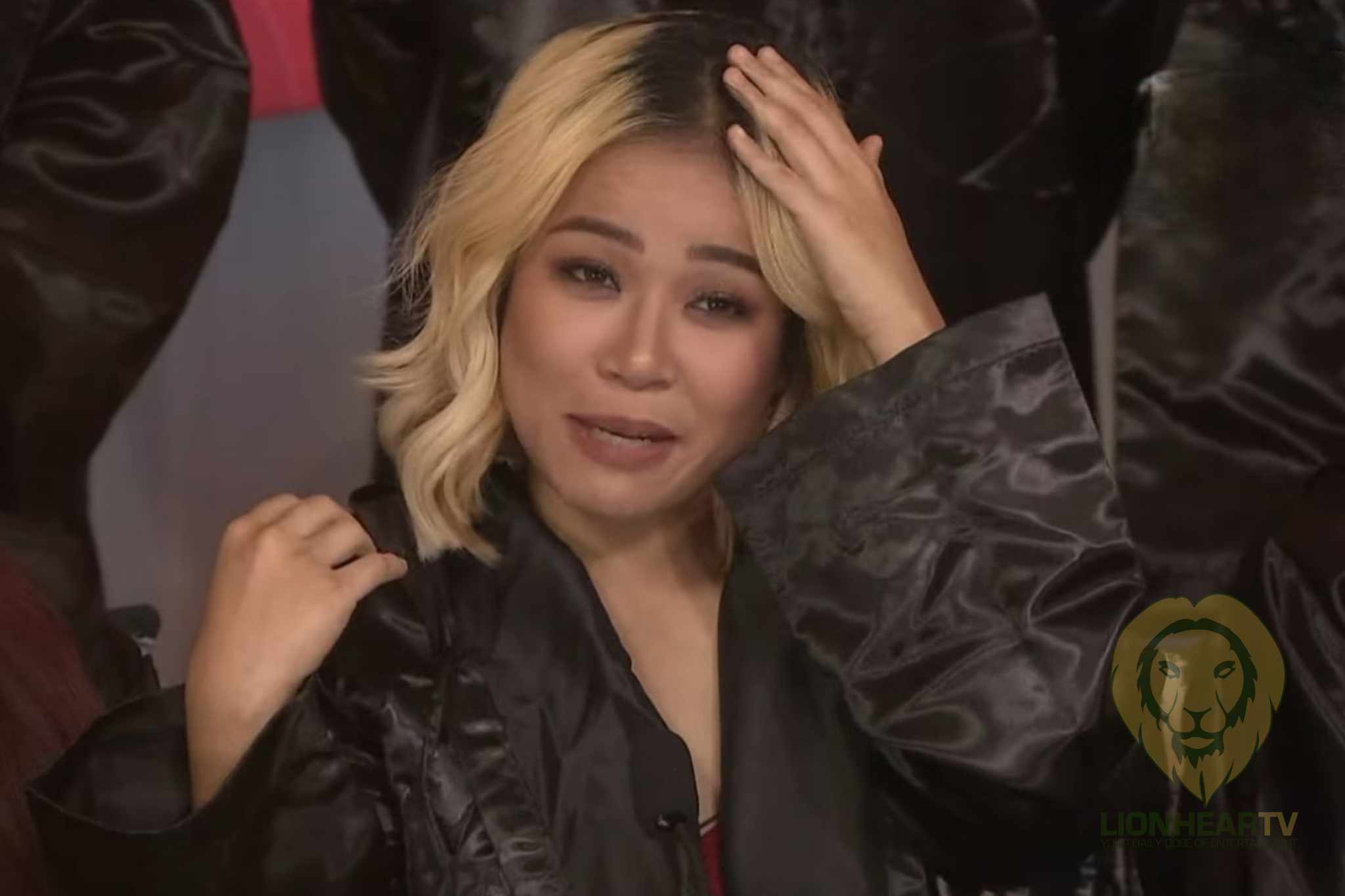
“Ito pala ang pakiramdam ng pagiging malaya,” Klarisse said, tears streaming. Her mother’s voice message—“Kung saan ka masaya, doon ako”—became a viral moment of unconditional love.
Esnyr Ranollo, the viral TikTok star and fellow housemate, also brought queer joy to the show. His flamboyant energy, comedic timing, and emotional openness made him a fan favorite. Together, Klarisse and Esnyr turned PBB into a safe space—proof that mainstream platforms can host real queer stories without sensationalism.
The Public Is Listening
What’s changed? The audience. Filipinos are more aware, more tolerant, and more curious than ever. Thanks to icons like Vice, shows like Sparks Camp, and brave moments like Klarisse’s coming out, the public is learning to see queer people not as punchlines, but as protagonists.
Social media plays a huge role. Hashtags like #LoveWins, #SparksCamp, and #PBBKlarisse trended organically. Fan edits, reaction videos, and thinkpieces flooded timelines. The conversation is no longer confined to activist circles—it’s happening in living rooms, classrooms, and comment sections.
So, Is Mainstream Ready?
Ready or not, it’s happening. Queer shows are thriving. Queer icons are leading. Queer stories are resonating. The question isn’t whether mainstream media will embrace them—it’s whether it will do so with care, nuance, and respect.
Because queer love isn’t just a trend. It’s truth. And the Philippines, slowly but surely, is learning to celebrate it.




